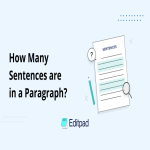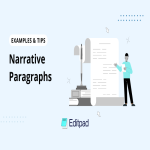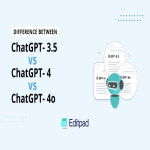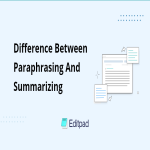Biggest Launch
Introducing Our New
API's
- Available Today
Plagiarism is an unethical act. So, let's understand its key aspects in-depth.
Back in 2010, Josephson Institute Center for Youth Ethics called on 43,000 students to partake in a study about plagiarism. In their results, they found out that 59% of students plagiarized at least once in the last academic year.
While plagiarism was always a nagging issue, since then, academies and online platforms have become much more enthusiastic about finding and eliminating plagiarism. So, let's understand a few key things about plagiarism.
Plagiarism is the act of taking someone else's work or ideas and using it as one's own without giving credit to the original author. Plagiarism has many consequences and it is regarded as a highly unethical activity in all fields.
The word 'plagiarism' comes from a Latin word meaning kidnapping because plagiarists steal other people's words and thoughts for their own benefit. In order to avoid being accused of plagiarizing, it is important to cite your sources with in-text citations and a reference list at the end of your paper.
To further improve the understanding of plagiarism, let's explore the common types of plagiarism in academia, professional writing, or the online world.
Direct plagiarism is the act of copying text from an original source without crediting the author. This type of plagiarism can often be unintentional. It can happen when a student accidentally copies a paragraph from another source and neglects to include a citation.
However, it can also happen when an author intentionally copies words or phrases from another author's work and decides not to cite their sources.
The most common form of direct plagiarism is when students copy sentences or paragraphs from online sources and turn them in as their own work without citing the original authors. This type of plagiarism is easy to spot because it's usually so blatant.
Mosaic or patchwork plagiarism is a type of plagiarism that occurs when the writer incorporates chunks of text from different sources into their work. This is done without any attribution to the original author and without any indication that the text has been copied.
This type of plagiarism can occur in both academic and professional writing, but it is most common in academic writing. However, it can be a bit difficult to spot, and a good plagiarism detector is needed to detect it.
Accidental plagiarism is when a writer accidentally plagiarizes another writer's work or forgets to cite the source. This is unintentional, but it causes the same issues and harms as any other plagiarism.
So, this is a common problem that many writers face. It can be daunting to find out if your content has accidentally or unintentionally plagiarized someone else's work.
Source-based plagiarism is committed by copying words from the original text but changing the source to make it appear as if it was written by the person copying.
However, this type of plagiarism can be detected with online tools. Mainly because these tools search for phrases and sentences that are identical to those found in other sources.
When plagiarism is caught, students in the early phases will receive a slap to their wrist and get told not to do it again. However, it's a lot more serious when students in higher education, academic writers, professional writers, and website or blog writers do it.
So, let's find out the four harms and troubles plagiarism can cause in academia and online.
A lost reputation is the first thing that takes a hit when plagiarism is found. In academia, a writer relies a lot on their track record. So, once it's tainted by a plagiarism claim, the writer will never be trusted by their peers or teachers—even if it's accidental.
On the other hand, a blog writer or website creator will be forced to remove the plagiarized content—or rewrite it. Both of these writers will suffer the same loss of credibility among their peers, superiors, and writing styles.
That's why plagiarism is an unethical process, but it's more harmful to the writers themselves than anyone else.
In the online world, plagiarism causes many issues and downfalls. One of the main downfalls of plagiarized content is traffic loss. A lot of things go into this factor, such as:
All these possibilities can and will affect a website, the writer, or the business—causing them to lose important traffic and credibility.
When you're a writer, you establish your authority and credibility by writing original content each time. Failing to do so will not only cause you issues but might also taint your name moving forward—whether you're an academic writer, professional writer, or a student.
The thing that gives a writer credibility is their ability to write quality content daily. In academia, the frequency of writing content may not be as quick, but it requires originality all the same. The same goes for any professional writer.
So, when plagiarism is caught in your content, it'll cause your reputation to sink.
Lastly, the looming threat of potential legal action against a website or any commercial content is always present when plagiarizing. So, let's say your website or any content you can earn money from is plagiarism—then the original source can claim legal action against you.
This means they'll sue you for any royalties earned from the content you used and the losses they suffered. That's why legal action is perhaps the worst repercussion of plagiarism that any business or writer can face today.
Understanding plagiarism is one thing, but knowing how to remove it is another. Therefore, here's a brief process to help remove plagiarism.
A plagiarism checker helps you identify and fix any unintentional mistakes in your writing. The online plagiarism checker will also help you avoid unintentional plagiarism in the future by identifying any duplicate content on the internet and giving you an idea about how to improve your work.
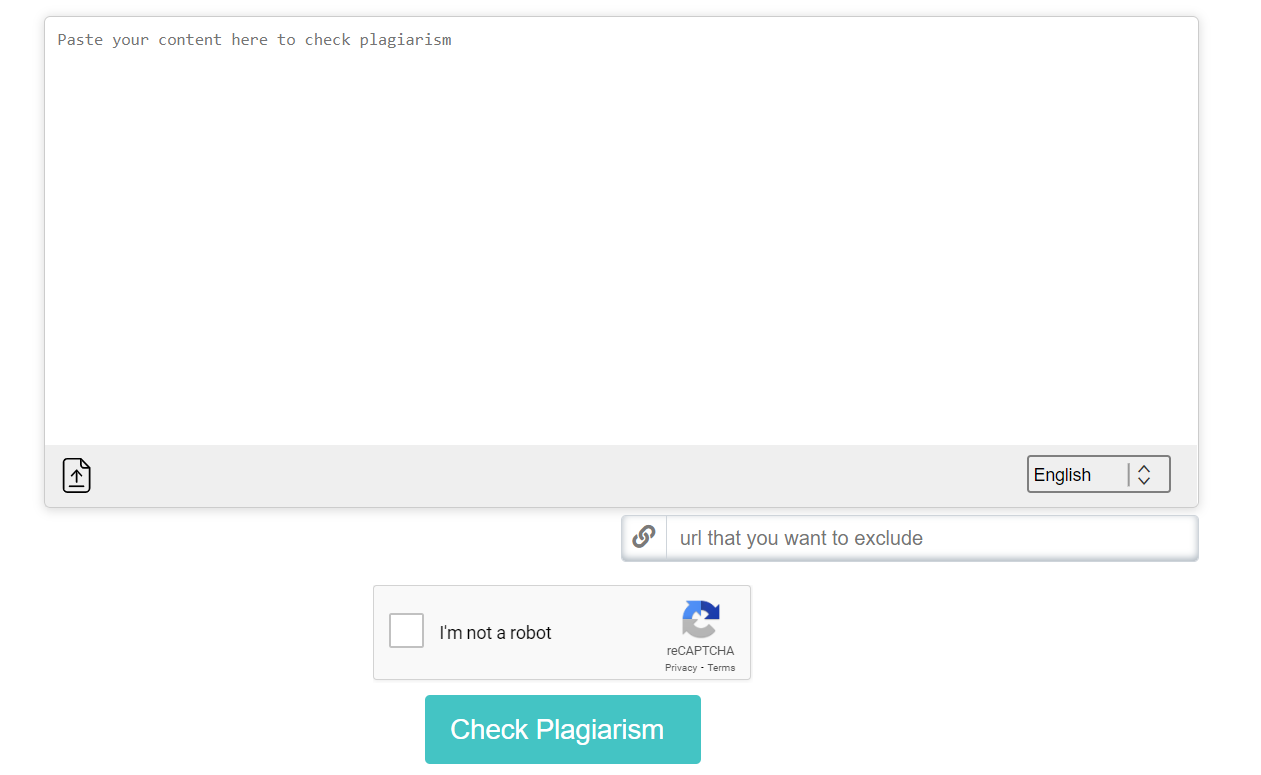
A plagiarism check is an important tool for all writers, not just for students. It will help them identify the percentage of plagiarism in their content. And a good plagiarism detector will also help you find the source of the text.
When you detect plagiarism in your content, it's important that you paraphrase it properly. Therefore, you must ensure that you're paraphrasing or rewriting the content to avoid plagiarism detection.
Lastly, when you have detected the source, use it to cite the original author or platform. This way, you will effectively avoid any and all plagiarism claims in your content.
These are the key factors and aspects of plagiarism in modern writing. Whether in academia or professional environments, plagiarism can cause unwavering issues. It can cause legal troubles for the website and put a dark shadow over the writer's name. Therefore, it's a necessity to avoid it at all costs.

